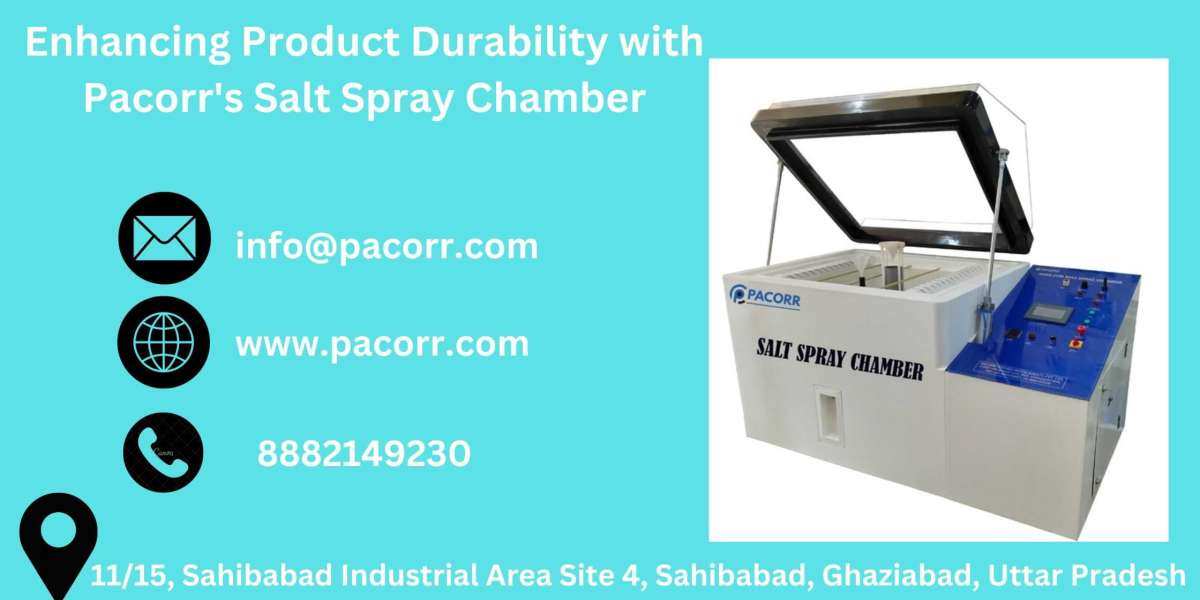When it comes to the manufacturing industry, the use of CVD diamonds has been a topic of great interest and debate. Chemical Vapor Deposition (CVD) diamonds are synthetic diamonds produced in a laboratory setting, and they have been increasingly utilized in various manufacturing processes. In this article, we will delve into the advantages and disadvantages of CVD diamonds in manufacturing, shedding light on their impact and potential in the industry.

The Advantages of CVD Diamonds in Manufacturing
One of the key advantages of using CVD diamonds in manufacturing is their exceptional hardness and durability. CVD diamonds are renowned for their superior strength, making them ideal for cutting, grinding, and drilling applications. Their hardness also allows for high precision and efficiency in manufacturing processes, leading to improved productivity and quality of the end products.
Furthermore, CVD diamonds offer excellent thermal conductivity, which is a crucial factor in many manufacturing operations. Their ability to dissipate heat effectively makes them valuable in applications such as thermal management and heat dissipation in electronic devices.
Enhancing Manufacturing Processes with CVD Diamonds
Another significant advantage of CVD diamonds in manufacturing is their versatility. These synthetic diamonds can be tailored to meet specific requirements, allowing for customization in various industrial applications. Whether it's creating intricate designs in jewelry manufacturing or producing precision tools for cutting and shaping materials, CVD diamonds offer a wide range of possibilities for enhancing manufacturing processes.
Moreover, CVD diamonds exhibit exceptional chemical inertness, making them resistant to corrosion and wear. This property is particularly advantageous in harsh manufacturing environments where exposure to chemicals and abrasive materials is common.
The Disadvantages of CVD Diamonds in Manufacturing
Despite their numerous benefits, CVD diamonds also pose certain challenges in manufacturing. One of the primary disadvantages is the cost associated with their production. While advancements in technology have made CVD diamond synthesis more efficient, the process still requires substantial investment, resulting in higher production costs compared to natural diamonds or other materials.
Additionally, the quality consistency of CVD diamonds can vary, leading to concerns about uniformity and reliability in manufacturing applications. Achieving consistent quality across a large volume of CVD diamonds remains a significant area of focus for researchers and manufacturers.
Addressing the Challenges and Harnessing the Potential
Despite the challenges, ongoing research and development efforts are focused on addressing the limitations of CVD diamonds in manufacturing. Innovations in production techniques and quality control measures are aimed at improving the reliability and cost-effectiveness of CVD diamonds, paving the way for broader adoption in the industry.
Furthermore, the unique properties of CVD diamonds continue to inspire new applications and innovations in manufacturing. From enhancing cutting tools and abrasives to revolutionizing electronics and optics, the potential of CVD diamonds in driving manufacturing advancements is a compelling area of exploration.
In conclusion, the exploration of the advantages and disadvantages of CVD diamonds in manufacturing reveals a complex landscape of opportunities and challenges. As technology continues to evolve and our understanding of synthetic diamond production deepens, the role of CVD diamonds in shaping the future of manufacturing is a captivating journey worth following.



